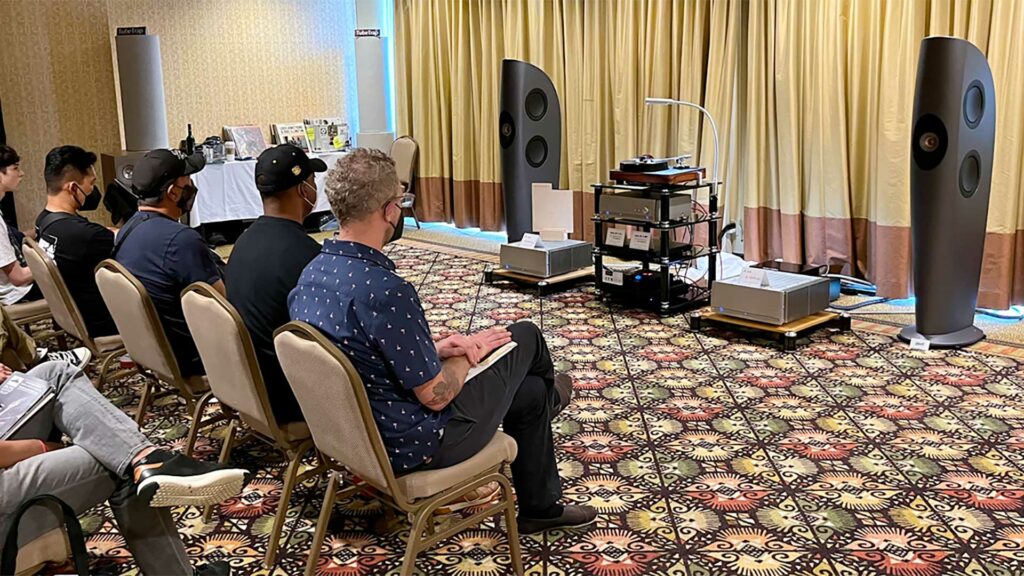
Audio Fests: Making the Experience Tangible Again
Ended soon
I recently had the pleasure of attending the annual Pacific Audio Fest, held in my hometown of Seattle. In just its second year, the show has already become an important date for the specialty audio market, with nearly 100 vendors participating. It was fun to see old friends and make new ones at an event I once would have called a trade show.
That said, PAF and the other regional audio fests aren’t really trade shows, nor are they purely consumer events. They’re an interesting hybrid, an evolution that may end up at the forefront of brand building and retailing for this sector of the audio industry. Which, by the way, should be called what? High-end audio? High-performance? Luxury? Premium? Two-channel? None of these seem complete enough.
In a retail landscape where specialty brick-and-mortar dealers are focused on custom installation, smart home, multiroom entertainment, and other profit builders, pure-play audio brands are hard-pressed to establish visibility and build business. For years, consumers have been told to “trust your ears” in choosing their audio purchases, but that’s rarely an option today.
As a result, consumers now buy these audio components online, often steered solely by user reviews, social media, and, frankly, return policies. In the wake of the old media meltdown, the influencer magazines that once drove this sector still exist, but now compete for thought leadership with thousands of voices on TikTok, Instagram, Patreon, WordPress and Facebook et al, all with varying levels of expertise and credibility.
Those voices typically skew younger than that of the old guard, and their focus is usually on gear that’s more accessible and less aspirational. Like what? Unless you’ve been following this category, you’d be surprised. Tube amps and preamps. DACs, turntables and cartridges, headphones and headphone amps, cables, and accessories. Most aren’t the same “luxury” products heard today by appointment only. They and their brands target a younger generation of audiophiles that grew up with MP3s and iPod earbuds and now understand what music can really sound like.
Which is where shows like Pacific Audio Fest could come in. What better way to build a following than by letting regional enthusiasts see and hear your gear? All while enjoying a halo effect by exhibiting alongside some of the most cherished brands in high-end? Easy and compelling demos are extremely doable in this setting. Thanks to Qobuz, which was everywhere at the show, listeners can instantly audition virtually any music they want in hi-res.
I believe festivals like this are becoming mainstays for audio manufacturers and retailers, and soon there will be more of them. Consumers (I.e., customers) can’t go to trade-only expos to hear these products. In many cases, the brands they’re interested in can’t be found locally at a dealer. Other than internet buzz – which shows like these generate anyway – there aren’t so many other ways to attract business. Should your company be participating at these audio fests? The question isn’t why, in many cases, it might be why not?
# # #

David Kaplan was the recipient of the 2019 CTA TechHome Leadership Award. His work at the executive level has involved the complete commercial cycles of the high technology industry with a focus on audio technology and channels, including expertise in purchasing, merchandising, and new product introduction.
